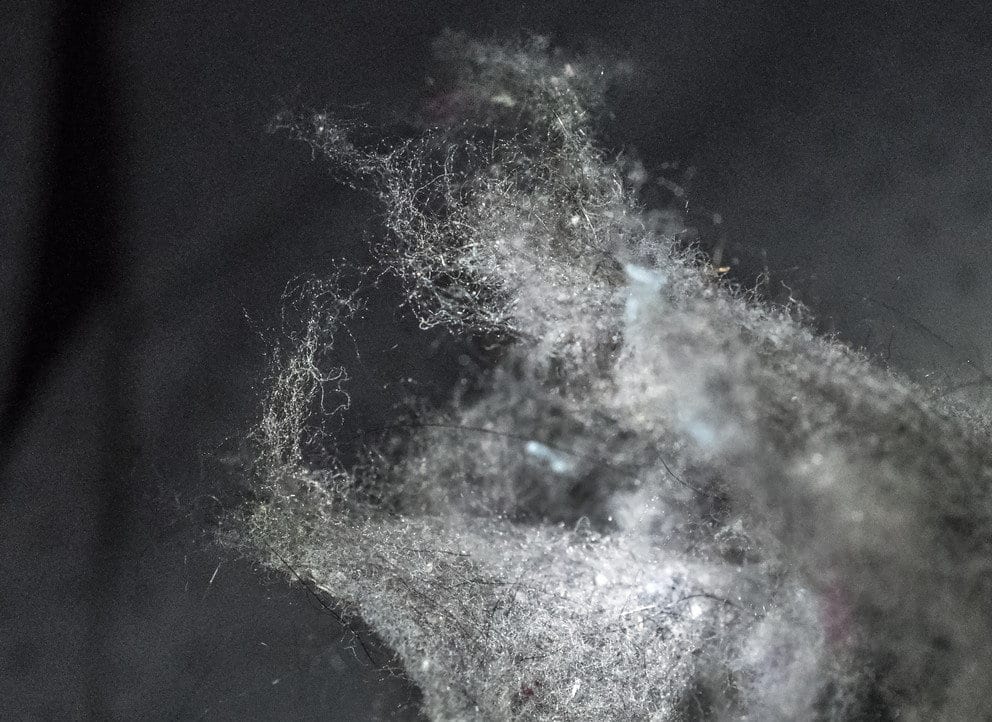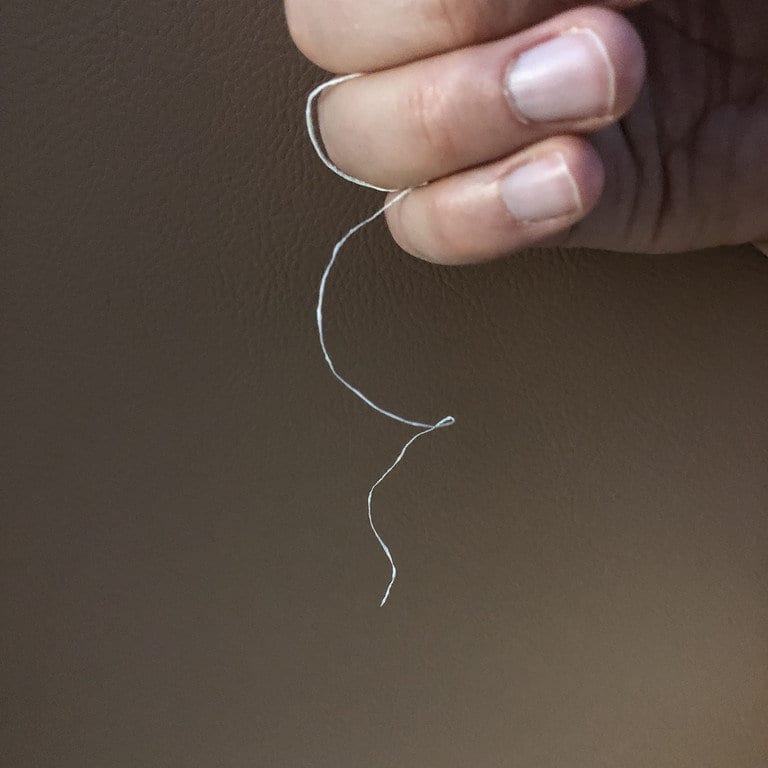
While the polyester leisure suit was a 1970s mistake, polyester and other synthetic fibers like nylon are still around and are a major contributor to the microplastics load in the environment, according to a Penn State materials scientist, who suggests switching to biosynthetic fibers to solve this problem.
“These materials, during production, processing and after use, break down into and release microfibers that can now be found in everything and everyone,” said Melik Demirel, Lloyd and Dorothy Foehr Huck Endowed Chair in Biomimetic Materials.
Unlike natural fibers like wool, cotton and silk, current synthetic fibers are petroleum-based products and are mostly not biodegradable. While natural fibers can be recycled and biodegrade, mixed fibers that contain natural and synthetic fibers are difficult or costly to recycle.
Islands of floating plastic trash in the oceans are a visible problem, but the pollution produced by textiles is invisible and ubiquitous. In the oceans, these microscopic plastic pieces become incorporated into plants and animals. Harvested fish carry these particles to market and, when people eat them, they consume microplastic particles as well.
Demirel suggested four possible approaches to solving this problem, today (Feb. 16) at the 2019 annual meeting of the American Association for the Advancement of Science in Washington, D.C. The first is to minimize the use of synthetic fibers and switch back to natural fibers such as wool, cotton, silk and linen. However, synthetic fibers are less expensive and natural fibers have other environmental costs, such as water and land-use issues.
Because much of the microfiber load that ends up in water sources comes from laundering, he suggests aftermarket filters for washing-machine outflow hoses. Clothes dryers have filters that catch lint – also microfiber waste – but current, front-loading washing machines usually do not.
The Latest on: Biosynthetic fibers
[google_news title=”” keyword=”biosynthetic fibers” num_posts=”10″ blurb_length=”0″ show_thumb=”left”]
via Google News
The Latest on: Biosynthetic fibers
- Best High-Fiber Foods And Snacks, According To Expertson May 2, 2024 at 5:19 am
Research suggests that food—and fiber, in particular—is medicine, and can provide benefits like reduced risk of cancer, heart disease and more. Convinced you need to up your fiber intake but ...
- Top 7 Best Fiber Gummies in 2024on April 20, 2024 at 5:00 pm
Fiber, a crucial ingredient, plays a significant role in safeguarding the health of our digestive system. Sadly, a lot of us fail to ingest the ample amount of fiber via our meals, resulting in ...
- DSL vs. Cable vs. Fiber Internet: Major Differences, Pros And Conson April 18, 2024 at 6:39 am
Figuring out which high-speed internet plan to sign up for can be surprisingly daunting when you’re faced with three different types of internet connection: DSL, cable and fiber optic.
- Increased gibberellin biosynthesis in transgenic trees promotes growth, biomass production and xylem fiber lengthon April 17, 2024 at 11:51 pm
Figure 4: Effects of GA 20-oxidase overexpression on (A) cell length (B) cell number per internode (C) number of xylem fibers, and (D) xylem fiber length. GA 20-oxidase appears to be key enzyme in ...
- Sneaky Shellcode: Windows Fibers Offer EDR-Proof Code Executionon April 17, 2024 at 5:00 pm
BLACK HAT ASIA – Singapore – Windows fibers, little-known components of Windows OS, represent a largely undocumented code-execution pathway that exists exclusively in user mode — and is ...
- Best Fiber Internet Providers of 2024on April 7, 2024 at 2:48 am
What is the best fiber internet provider? You'll get a decent value from just about any fiber internet service provider, but AT&T Fiber leads the pack among fiber ISPs withits broad fiber-optic ...
- Compare fiber internet providers in your areaon January 18, 2024 at 1:40 pm
Visit our full methodology page and advertising disclosure to learn more. Fiber internet is a high-speed internet connection that uses fiber optic lines to provide a direct connection to carry the ...
- These 3D Printed Biocatalytic Fibers Scrub Carbon Dioxideon June 9, 2023 at 4:41 am
On today’s episode of “What If?” — what if the Apollo 13 astronauts had a 3D printer? Well, for one thing, they may have been able to avoid all the futzing with duct tape and procedure ...
- From Fiber to Fabricon August 6, 2022 at 7:11 pm
Not all polymers are good for making fabric, though. The polymers that are the building blocks of fabrics are special because they clump together to form long fibers. For thousands of years, people ...
- Fabulous Fibers: The Chemistry of Fabrics!on August 6, 2022 at 7:11 pm
Notice the strings that are woven or knitted together to make the fabric. These strings are called yarns. Each yarn is made of many fibers twisted together. Each fiber is made of very long molecules ...
via Bing News












